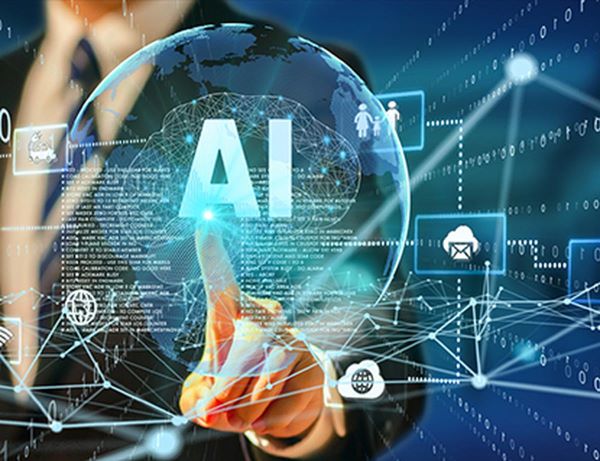There are two types of AI frameworks: low-level and high-level frameworks. Low-level frameworks provide the building blocks for building and training machine learning models. They require more coding expertise but offer greater flexibility and customization. Examples of low-level frameworks include TensorFlow and Caffe.
High-level frameworks provide a simplified, user-friendly interface for building and training machine learning models. They require less coding expertise and offer faster development times. Examples of high-level frameworks include PyTorch, and Keras.
AI frameworks offer several benefits to developers and data scientists, including faster development times, improved efficiency and accuracy, flexibility in model design and development, and scalability to handle large amounts of data. They are used in various industries, including healthcare, finance, and e-commerce. Overall, AI frameworks are essential tools for building and deploying machine learning models, allowing developers and data scientists to focus on the model's design and use cases rather than the underlying code. Key Components of an AI FrameworkThe key components of an AI framework can vary depending on the specific framework in question, but in general, they typically include:
Overall, the key components of an AI framework include model building and training tools, data preprocessing and manipulation tools, inference and prediction tools, model visualization and analysis tools, integration with other tools and technologies, and community support and documentation. Key Considerations for Selecting an AI FrameworkWhen selecting an AI framework, there are several key considerations that developers and data scientists should keep in mind:
Summary
AI frameworks are a crucial component of the development and deployment of machine learning and artificial intelligence applications. There are a wide variety of frameworks available, each with its own strengths and weaknesses. When selecting an AI framework, it is important to carefully consider factors such as functionality, scalability, performance, ease of use, flexibility, community support, and licensing and cost. By carefully evaluating these factors, developers and data scientists can choose a framework that best suits their project's needs and goals. With the right AI framework in place, organizations can develop powerful and innovative AI applications that transform their business and drive success.
0 Comments
Leave a Reply. |
AuthorTim Hardwick is a Strategy & Transformation Consultant specialising in Technology Strategy & Enterprise Architecture Archives
March 2025
Categories
All
|


